K.O. Götz
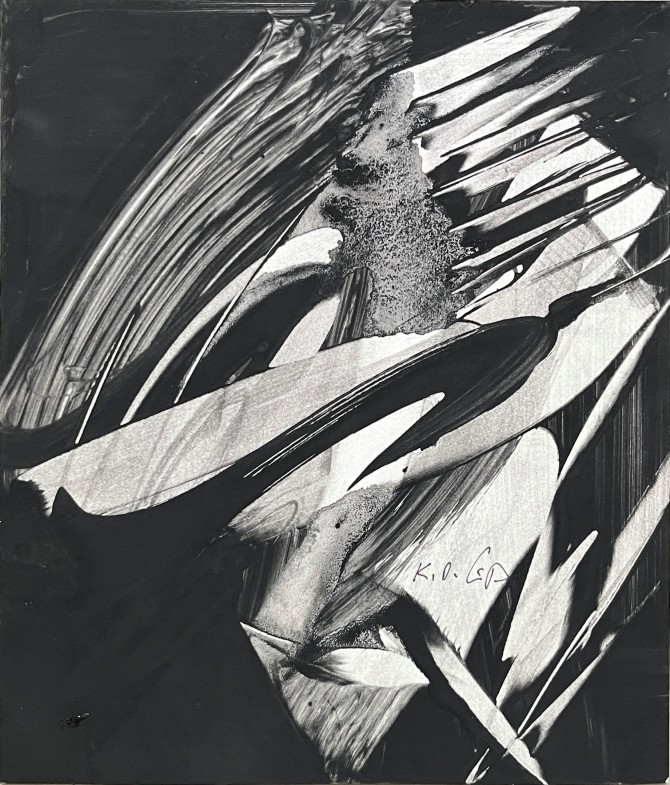
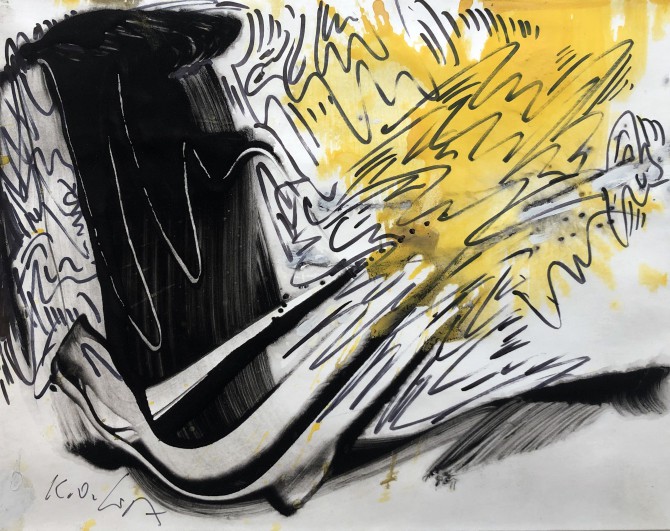
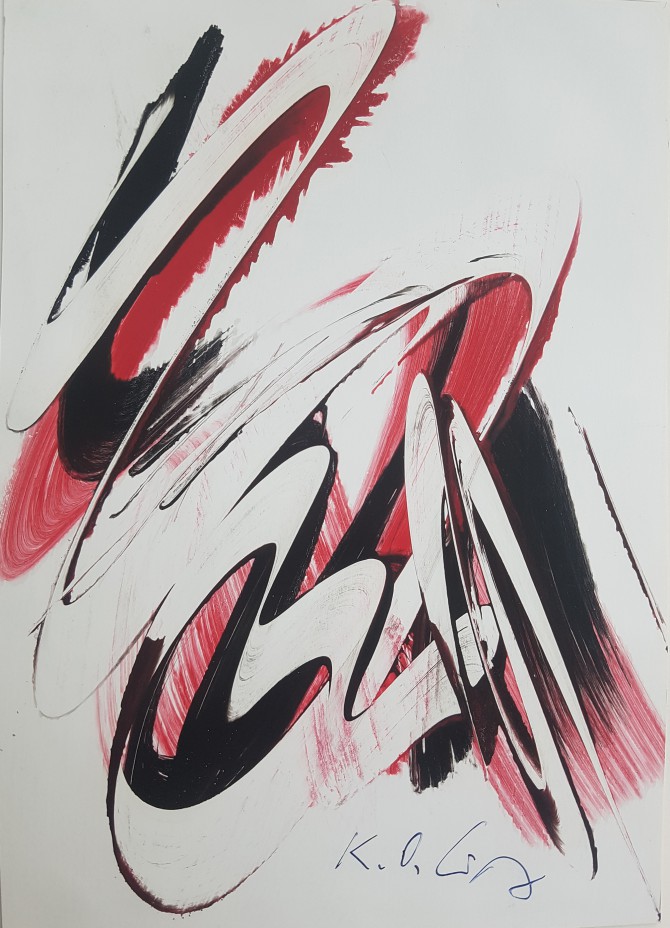
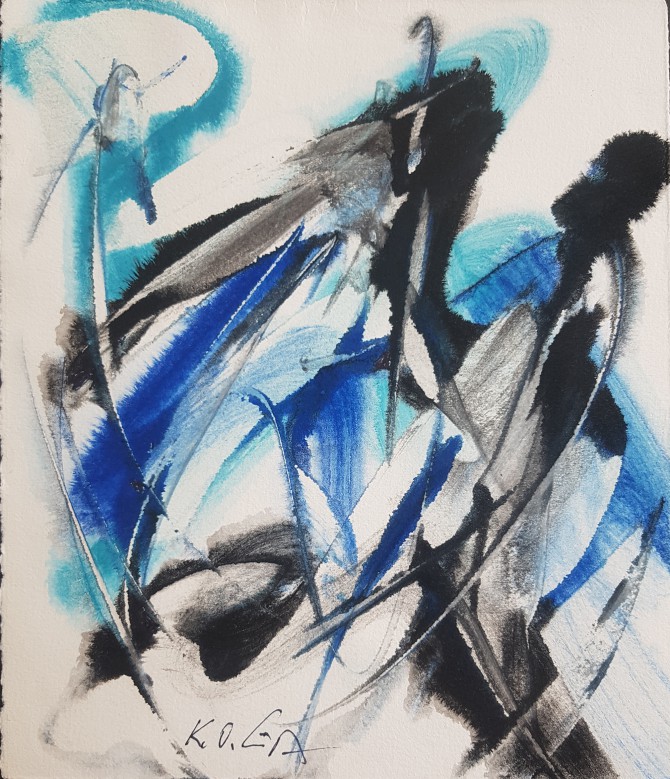
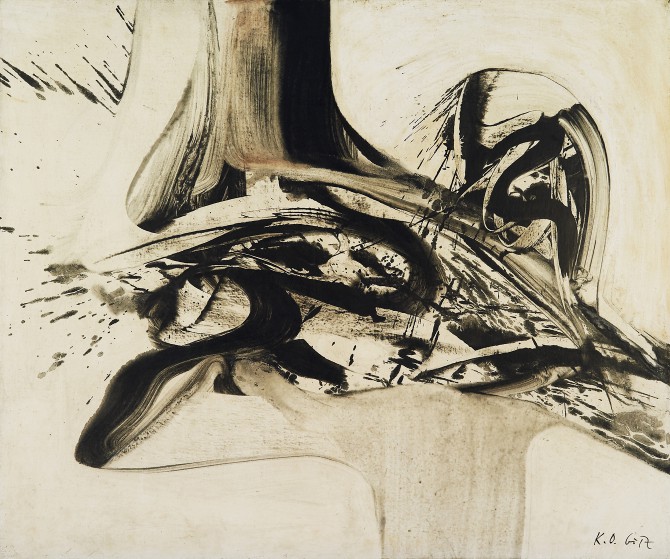
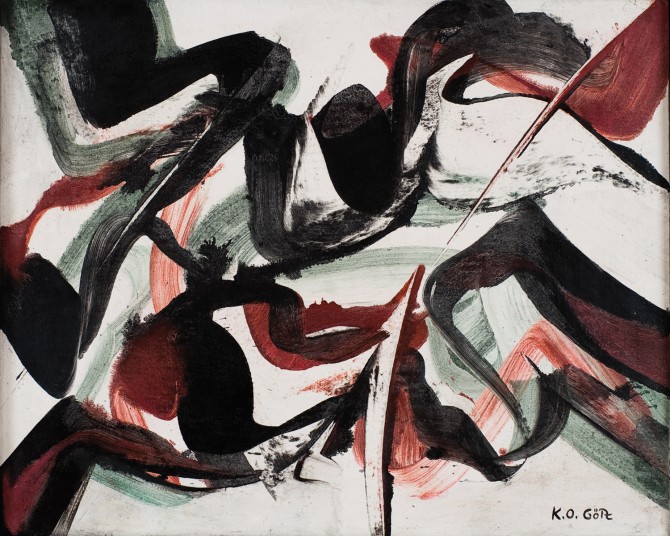
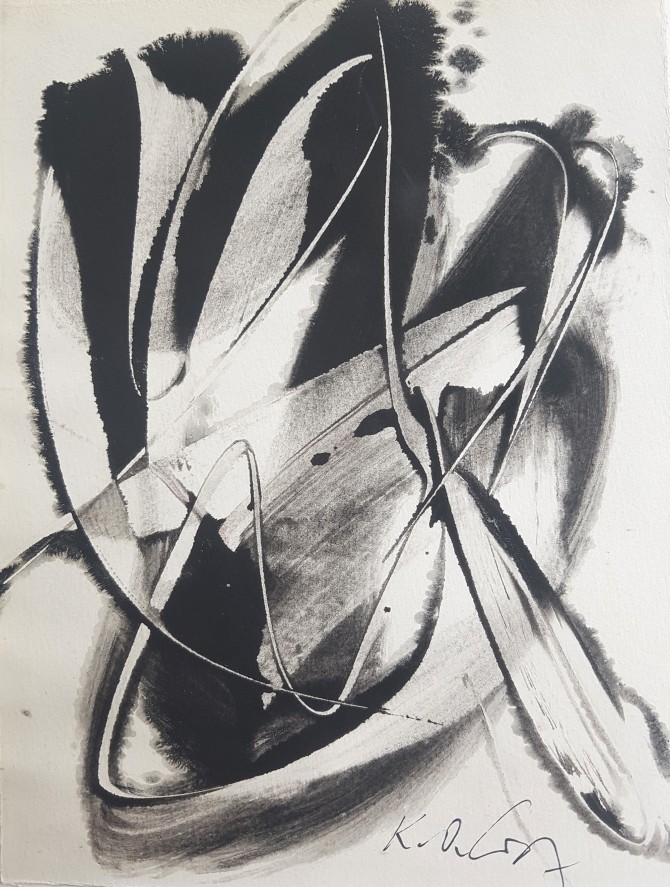
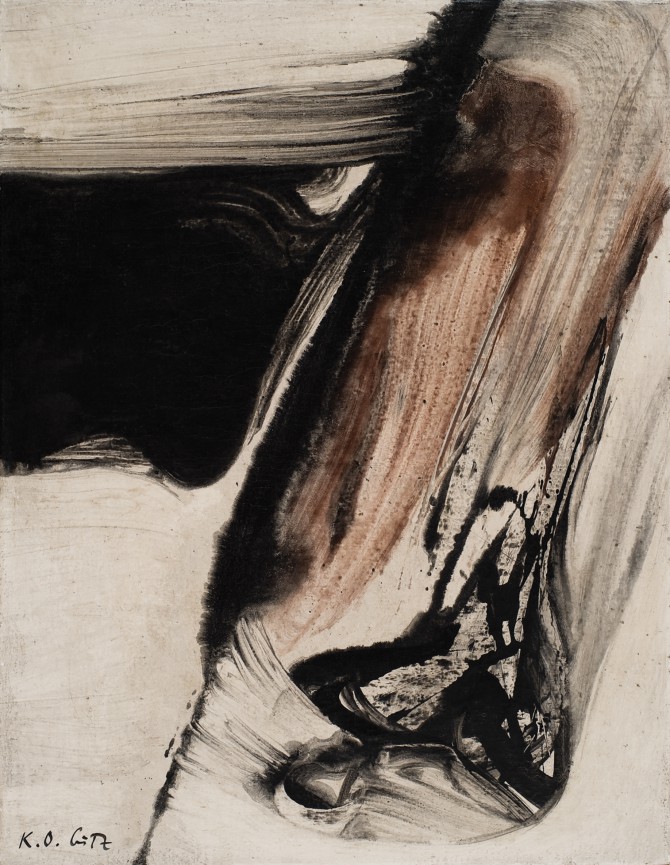
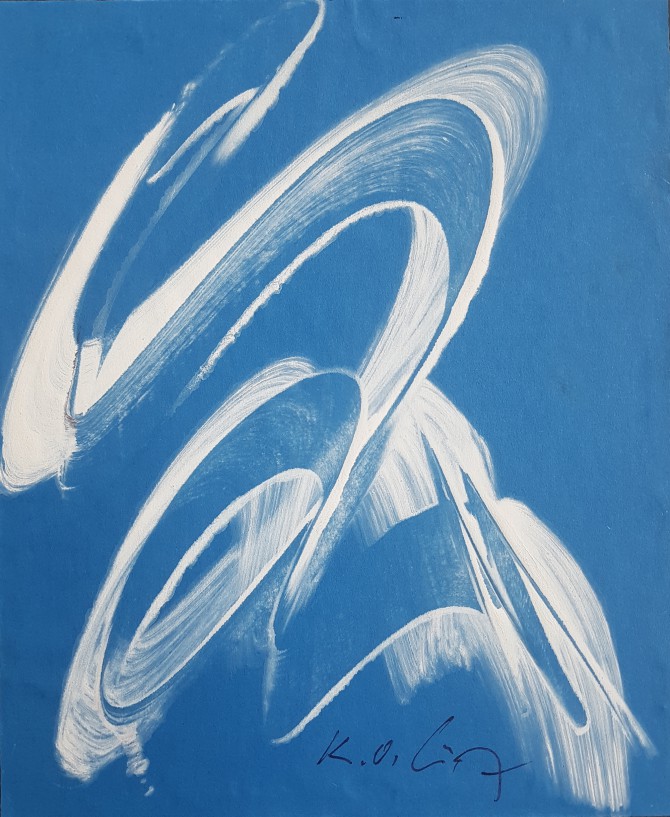
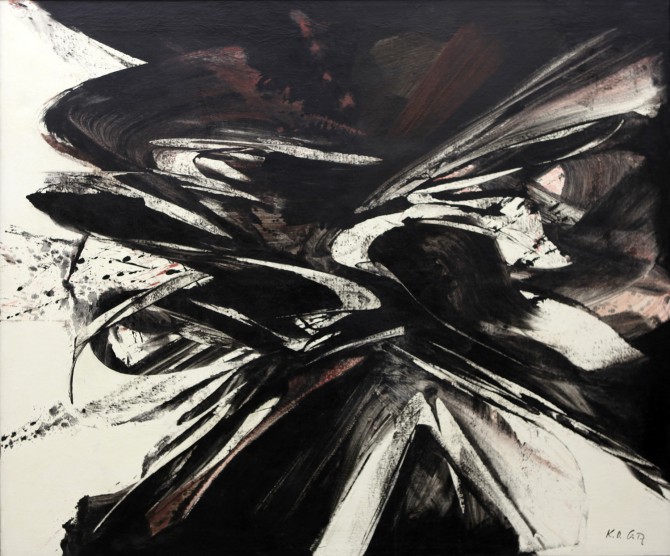
Biography
1932 Attends the weaving school and at the same time the arts and crafts school in Aachen
1935-45 Banned from painting and exhibiting by the Reich Chamber of Culture during the Nazi era
1946 First solo exhibition at Studio Rasch in Wuppertal-Elberfeld through the mediation of Willi Baumeister
1948 Art Prize Young West
1949 Member of the COBRA group
1952 Founding member of the artists' association "Quadriga", together with Otto Greis, Heinz Kreutz and Bernard Schultze
1954 Founds the artist group "Phases" with Edouard Jaguer in Paris and has his first solo exhibition at the Galerie Raymond Creuze, Paris. First solo exhibition in the USA at Zoe Dusanne's gallery, Seattle.
1956 Götz exhibits with K.R.H. Sonderborg at the Kestner-Gesellschaft in Hanover
1957 Participates in the first exhibition in the "Galerie 22", newly founded by Jean Pierre Wilhelm in Düsseldorf. Participates in the first two Informel exhibitions in the Museum Wiesbaden, title: "Couleur vivante" and in the Kunsthalle Mannheim, title: "Eine neue Richtung in der Malerei".
1958 Participation in the Venice Biennale
1959 Participation in documenta 2, Kassel
1959-79 Professor at the Düsseldorf Art Academy, among his students are Gotthard Graubner, Sigmar Polke, Gerhard Richter and Franz Erhardt Walther
1963 Participation in the Tokyo Biennale, Tokyo
1968 Participation in the Venice Biennale
1982 Participation in the "Symposium Informel" in the Saarlandmuseum, Saarbrücken - organiser Georg. W. Költzsch. The symposium is recorded by ZDF and broadcast in the series "Witnesses of the Century". 1983 The symposium is published by the Georg Nothelfer Gallery in conjunction with an exhibition in the Saarlandmuseum entitled "Die Malerei der Informellen heute".
1994 Retrospective at the Albertinum in Dresden
2010 Retrospective at the Arp Museum, Bahnhof Rolandseck in Remagen
2013 Retrospective at the New National Gallery in Berlin
2017 Died in Wolfenacker
K.O. Götz is one of the most important representatives of German Informel and is known for his gestural-abstract painting. In the early 1950s he found his typical painting style by developing a squeegee technique: In rapid working steps, he applies dark colour to a light painting ground with a brush and then partially removes it again with a squeegee. In this way, he captures the colours in waves on the canvas or on the paper. He also became known for his work with the paint brush, with which he applied his colours to the canvas spread out on the floor, sometimes with enormous physical effort. In general, Götz regarded painting in particular as a physical challenge, which he faced with all his strength, reminiscent of the famous action painting of the American artist Jackson Pollock. Although Götz always acted out of a certain impulsiveness and also strove to execute his work as quickly as possible, his works nevertheless always had a deliberate, controlled structure.
Exhibitions
-
Collection Nothelfer. Selection of works from the 1960s to the present
15 November 2025 to 23 January 2026
Galerie
-
ART COLOGNE
6 to 9 November 2025
Köln
-
Art Düsseldorf
10 to 13 April 2025
Düsseldorf
-
ART COLOGNE
7 to 10 November 2024
Köln
-
ART COLOGNE
16 to 19 November 2023
Köln
-
More than 24
2 December 2022 to 28 January 2023
Showroom
-
ART COLOGNE
16 to 20 November 2022
Köln
-
MÉLANGE DE 16
21 July to 3 September 2022
Showroom
-
ART COLOGNE
17 to 21 November 2021
Köln
-
Groupshow. All I Think About Is You
30 April to 26 June 2021
Galerie & Showroom